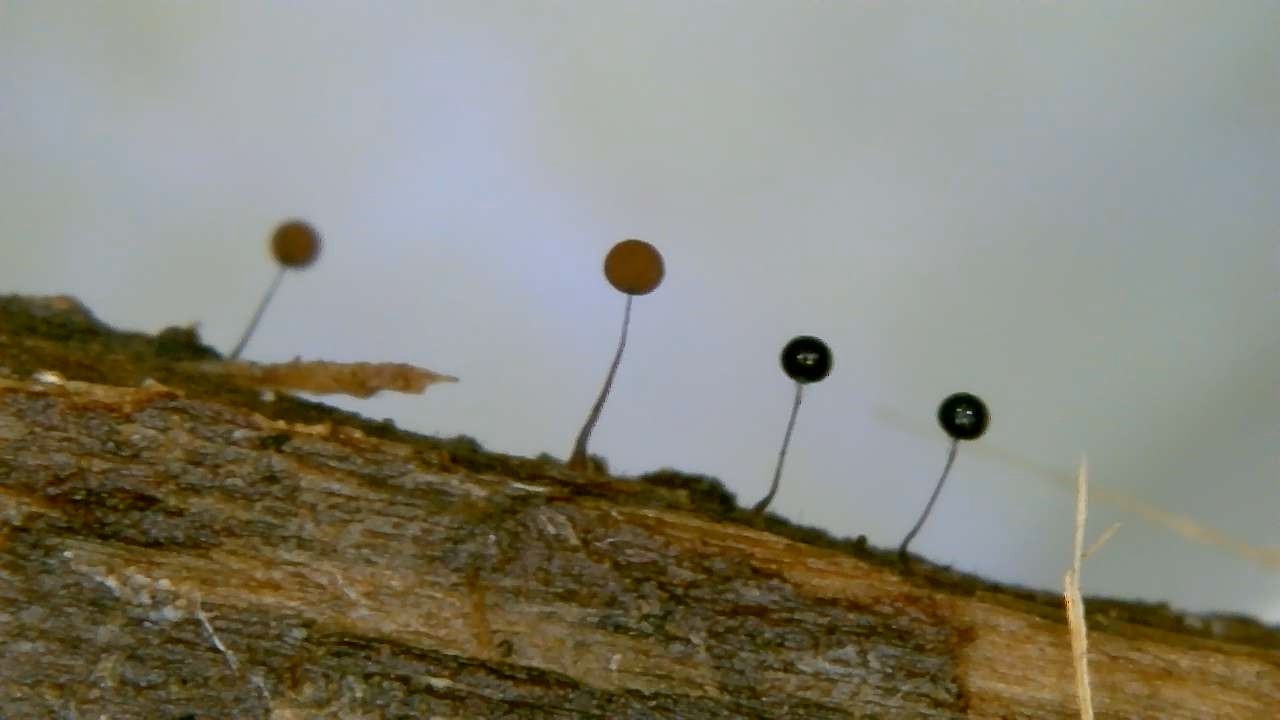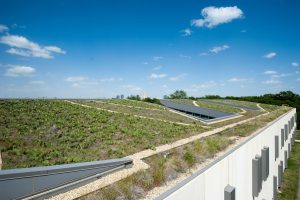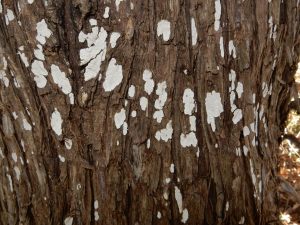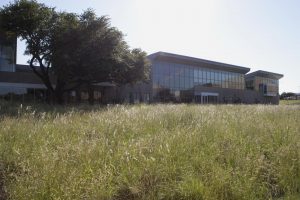You don’t need to be a professional to do this experiment. Our own researchers in the Fungi, Myxomycetes, and Trees Research Program use this same technique to observe and discover new species of fungi, myxomycetes, and more! The short video below will give you an idea of what the procedure entails. For more detailed information, we have provided a PDF with additional instructions. Join us under the microscope and share your findings with us!
The PDF below contains detailed instructions for this experiment.







